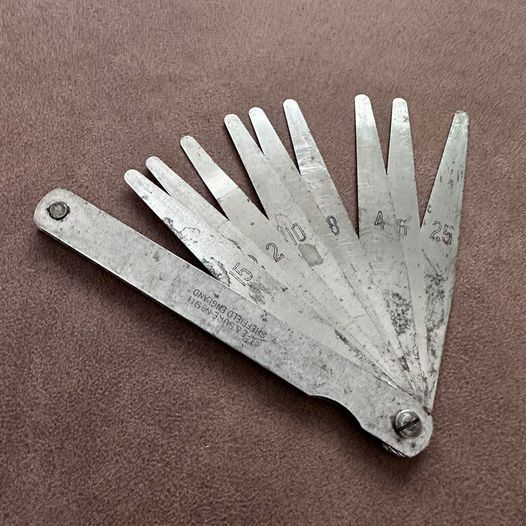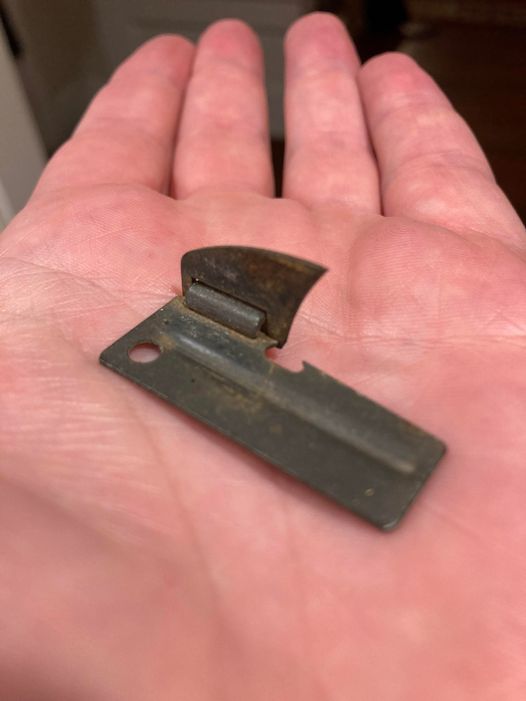History of the Feeler Gauge Tool
Let’s take a trip back to the early 20th century, where the feeler gauge tool made its fashionable debut. In an era where precision measurement became the belle of the industrial ball, the feeler gauge was a game-changer. This handy tool allowed engineers and mechanics to assess gaps and clearances between mechanical parts with laser-like precision. Imagine trying to make a watch without a magnifying glass – that’s how crucial the feeler gauge was! It brought a level of exactness that revolutionized machinery maintenance and assembly. And boy, did those machines need to fit together just right!
Usage of the Feeler Gauge Tool
Precision Measurement
Now, let’s dissect the marvel that is the feeler gauge. Picture a set of thin metal blades, each orchestrated in a symphony of varying thicknesses. Calibrated to measure the tiniest of gaps, these tools became indispensable across industries. From auto mechanics ensuring your car engine purrs like a kitten, to manufacturing wizards assembling intricate components, feeler gauges held the key to flawless precision. Simply put, if it had moving parts, a feeler gauge was probably involved.
Versatility and Ease of Use
Moving on, let’s talk about what makes the feeler gauge so user-friendly. Pick a blade, insert it into the gap, and voila, you have your measurement! It’s kind of like Goldilocks finding the porridge that’s just right, but with metal blades and no bears. The feeler gauge’s simplicity combined with its reliability turned it into the Swiss Army knife of precision tools. No need for batteries, no need for fancy gadgets – just pure mechanical genius doing its job.
Legacy of the Vintage Feeler Gauge Tool
Influence on Modern Tools
Fast forward to today and you’ll see that the vintage feeler gauge tool has left an indelible mark on modern precision instruments. Sure, we now have digital and electronic gadgets that measure gaps for us, but the core concept remains unchanged. It’s like the feeler gauge’s spirit lives on, whispering to modern tools, “You got this.” Contemporary tools still chase the reliability and accuracy that the feeler gauge pioneered.
Collector’s Item
And here’s something for you history buffs: vintage feeler gauges have become prized possessions for collectors and antique tool enthusiasts. These gizmos are revered for their craftsmanship, durability, and the rich history they carry. Collectors aren’t just looking for old metal – they’re seeking a piece of the ingenuity that defined early 20th-century engineering. It’s kind of like holding onto a relic from the golden age of machinery, a testament to human innovation and practicality.
Educational Tool
But wait, there’s more! Vintage feeler gauges also moonlight as educational heroes. In technical schools and training programs, they help the new generation of engineers and mechanics understand the fundamentals of measurement. Students get hands-on experience with these tools, learning the principles that emphasize accuracy and the critical role it plays in engineering. It’s like a master class in precision, taught by a tool from history’s hall of fame.
In the grand tapestry of precision measurement, the vintage feeler gauge tool stands out as a pivotal chapter. Its use in varied industries ensured that machinery ran smoothly and components meshed perfectly. Even today, its legacy reverberates through modern precision tools, cherished by collectors and valued as an educational gem. The enduring spirit of the feeler gauge is a reminder of the elegance in simplicity and the unyielding importance of precision in engineering.





